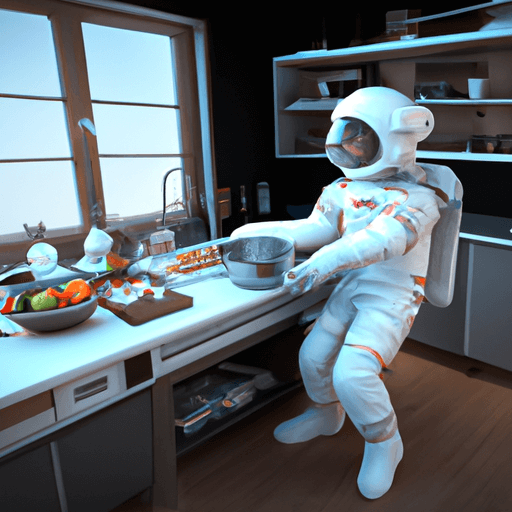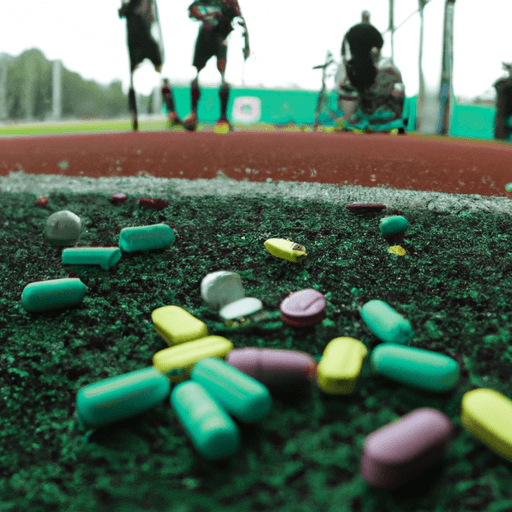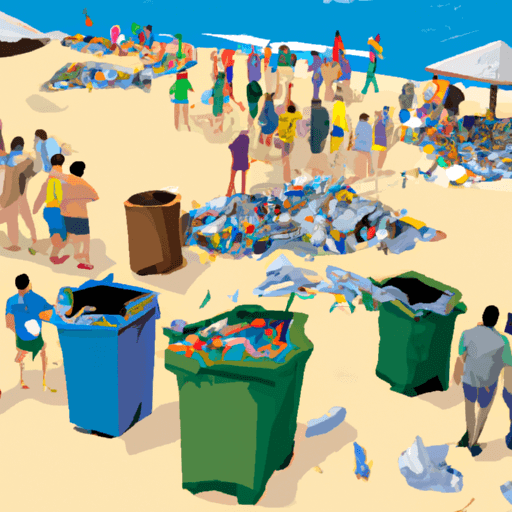Space Travel and Its Impact on Food Science and Culinary Practices
In recent years, the field of space exploration has significantly broadened its scope. This expansion has led to significant curiosity and research into the potential elements that sustain life, with a particular emphasis on the practicability of food that meets the requirements of space travel conditions. This article aims at gaining insight into the impact of space travel on aspects of food science and culinary practices.
The Nutritional and Packing Requirements
Spaceflights that are long-duration necessitate substantial nutritional specifications that guarantee the astronauts get the required nutrients to maintain their physical health and performance abilities. Calories, fluid, vitamins, minerals, and dietary fiber all play a crucial role in an astronaut's diet. In respect to packaging, the food must be packaged in materials that conserve their nutritional integrity and extended shelf-life while being lightweight, easy to rehydrate or heat, and simple to eat with minimized crumbs.
Long-Term Preservation Techniques
For food to stay palatable and safe to eat during prolonged space missions, current preservation methods, such as the thermostabilization and freeze-drying, are essential. Both processes entail decreasing the food's moisture content, which inhibits the growth of spoilage bacteria. They also entail a high-temperature process that eliminates dangerous pathogens and extends the food products' shelf-life.
Innovations in Space Food Technology
The continuous evolution of space travel demands innovative solutions for food technology. For instance, NASA is currently investing in 3D food printing technology, which uses fresh ingredients to create appealing and nutritious meals for astronauts, potentially revolutionizing space food. A potential advantage of this innovation is reducing the space and weight usually required for traditional food packaging.
Space Food: Then and Now
Food consumption by astronauts has significantly evolved given the progress in food technology from the early days. In the initial stages of space exploration, the food was primarily in canned form, powdered or bite-sized cubes which lacked palatability and nutritional value. Today, astronauts get to enjoy a wide array of meals that are closer to what they would eat back on Earth, from shrimp cocktails to vegetarian tacos, while still meeting the nutritional requirements.
Impact on Food Science and Culinary Practices on Earth
Research on space food has parallelly influenced food science and culinary practices on Earth. The methods for developing long-lasting, high-nutrient food are being exploited in various sectors, like the military and disaster relief. Equally, advancements in food packaging for space applications have influenced packaging technology on Earth, promoting durability and efficiency in resource use.
Understanding space food and the technologies involved in its production not only allows for better trips for astronauts but also contributes to progress on Earth, pushing the boundaries of what is achievable in food science and culinary practices.
















Comments
Leave a Comment